From XR to AI: openKylin Showcases Major RISC-V Breakthroughs at 2025 RISC-V China Summit
On July 19, the four-day 2025 RISC-V China Summit concluded successfully. Featuring a main forum, nine vertical sub-forums, workshops, exhibitions, and a range of parallel events, the summit brought together top enterprises, research institutions, and open-source communities from around the world.
openKylin, the open-source OS project under OpenAtom Foundation, joined forces with partners to present a wide range of product innovations and delivered keynotes on AI and Software & Ecosystem. At the opening ceremony, Andrea Gallo, CEO of RISC-V International, highlighted the remarkable contributions of the openKylin community to the global RISC-V ecosystem.
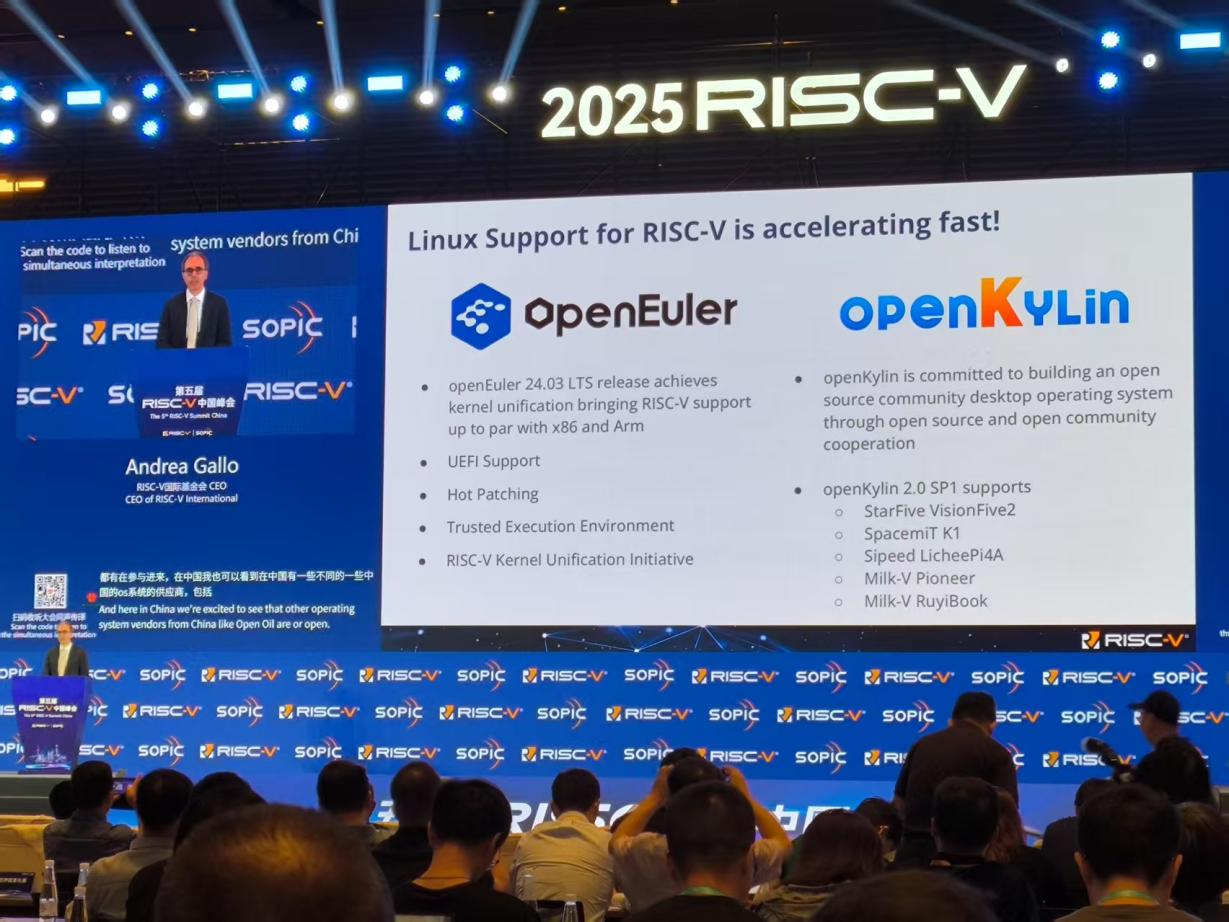
During the summit, the openKylin community booth drew large crowds. The community showcased a series of deep collaborations with leading hardware manufacturers, capturing the attention of many attendees. Among the standout demos was the “MuseBook” RISC-V laptop from SpacemiT, powered by the openKylin operating system. Its smooth desktop performance and full feature set offered compelling proof of openKylin’s growing maturity in the PC space.
The successful adaptation of openKylin to domestic peripherals like the RISC-V printer from TOEC Electronic Technology further signals real progress toward mainstream office use of RISC-V systems. Other hardware platforms on display included UR-DP1000 from UltraRISC Technology and AI computing platforms, demonstrating openKylin’s broad hardware compatibility and robust adaptability.
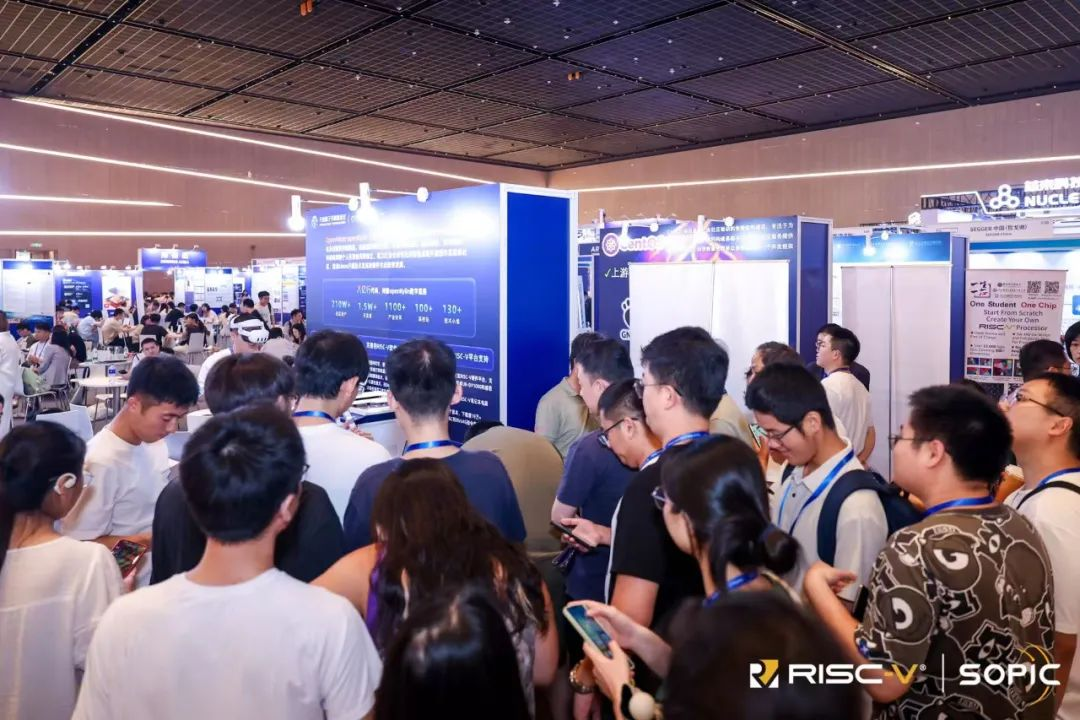
In terms of software, openKylin continues to build a rich and diverse ecosystem by extending its strong core OS capabilities to upper-layer applications. One of the most popular zones was the XR gaming demo, where visitors experienced immersive VR gameplay — powered by openKylin’s early support for the OpenXR stack and seamless integration with the Godot open-source game engine. This marked a key breakthrough in entertainment applications on RISC-V and a strong showcase of the architecture’s performance potential.
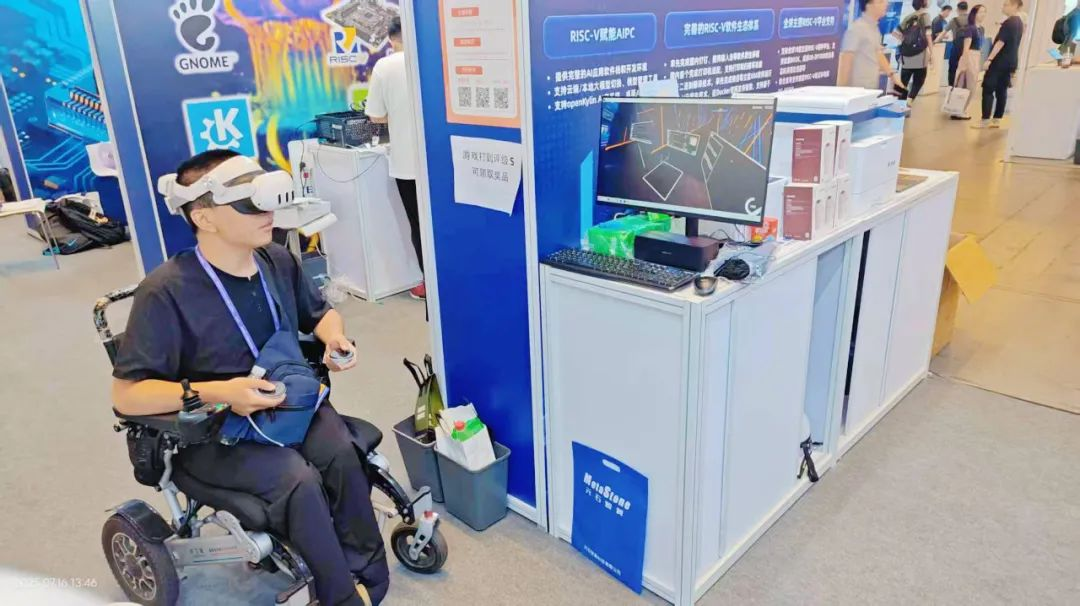
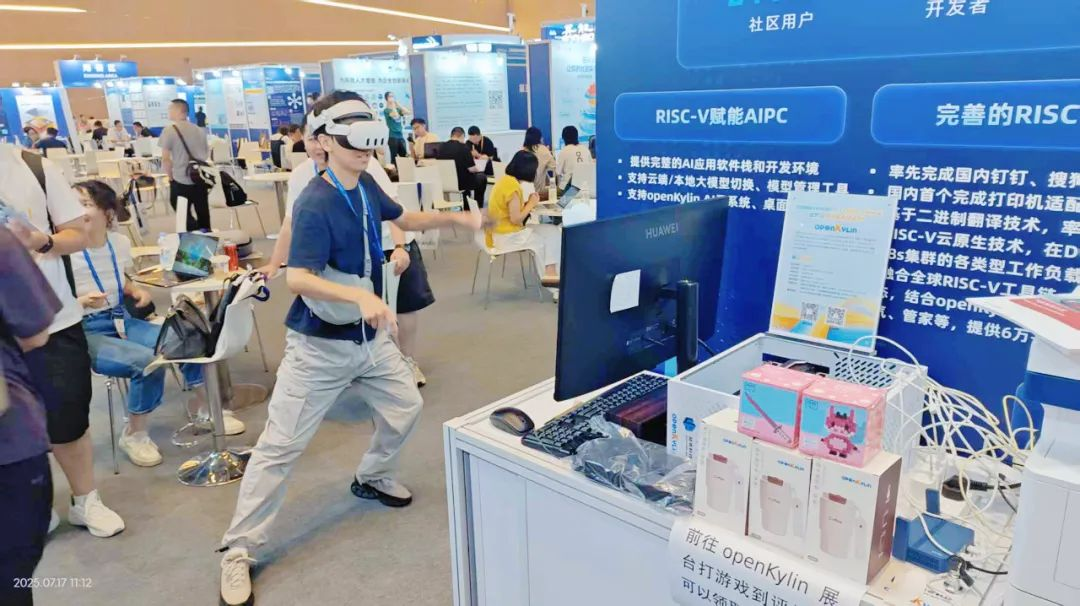
On July 18, Zhuoheng Li, Maintainer of the openKylin RISC-V SIG, presented “Latest Progress and Roadmap of openKylin on RISC-V” at the Software & Ecosystem Forum. His talk covered technical innovations across kernel optimization, library support, and application migration, as well as the community’s long-term strategy for enabling a flourishing RISC-V software ecosystem.
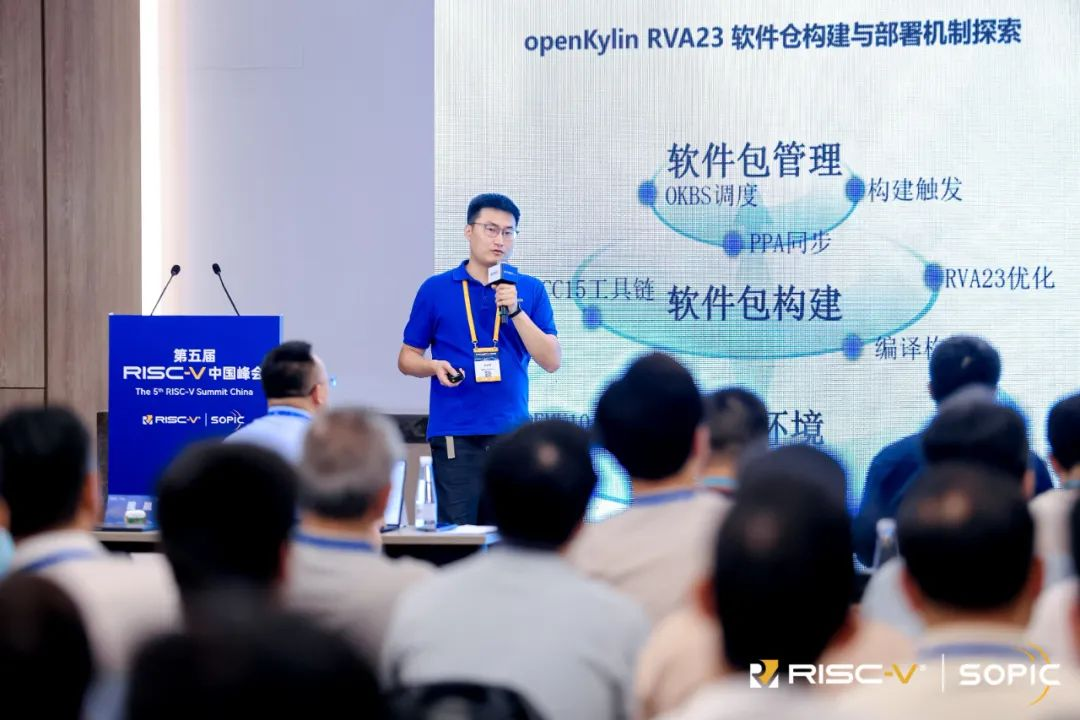
Later that afternoon, Lili Liu, also a Maintainer from the openKylin RISC-V SIG, shared “How Open Source OS Empowers AI Computing on RISC-V” at the AI Forum. She explored how openKylin is building a high-performance, developer-friendly AI foundation for the RISC-V platform, including optimized performance, AI framework support, and component integration.
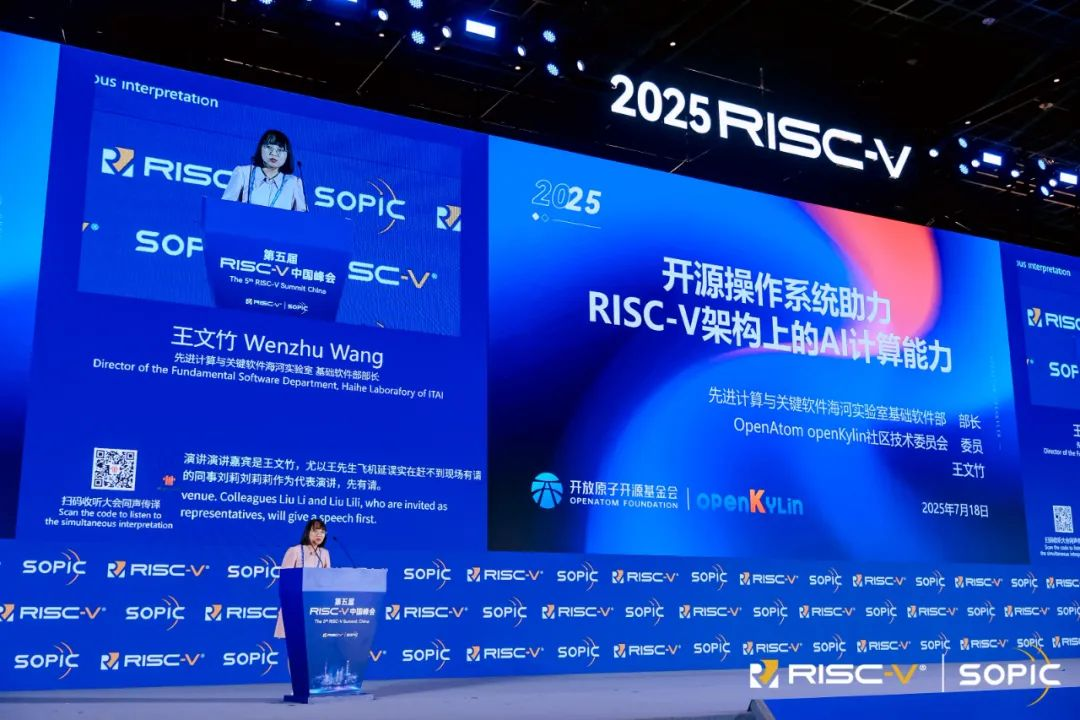
openKylin also unveiled a major breakthrough: successful full deployment of large language models such as DeepSeek and Qwen on RISC-V hardware, achieving efficient on-device performance. This advancement proves that complex models can indeed run on a streamlined instruction set architecture, thanks to deep integration with openKylin’s AI subsystem. A standard and user-friendly API now makes AI capabilities far more accessible for developers.
openKylin’s participation in the 2025 RISC-V China Summit not only highlighted the community’s contributions in RISC-V software and ecosystem development but also reinforced its core values of openness, collaboration, and shared success. Moving forward, openKylin will continue to work closely with global developers and partners to drive innovation and shape a thriving open-source computing future powered by RISC-V.

